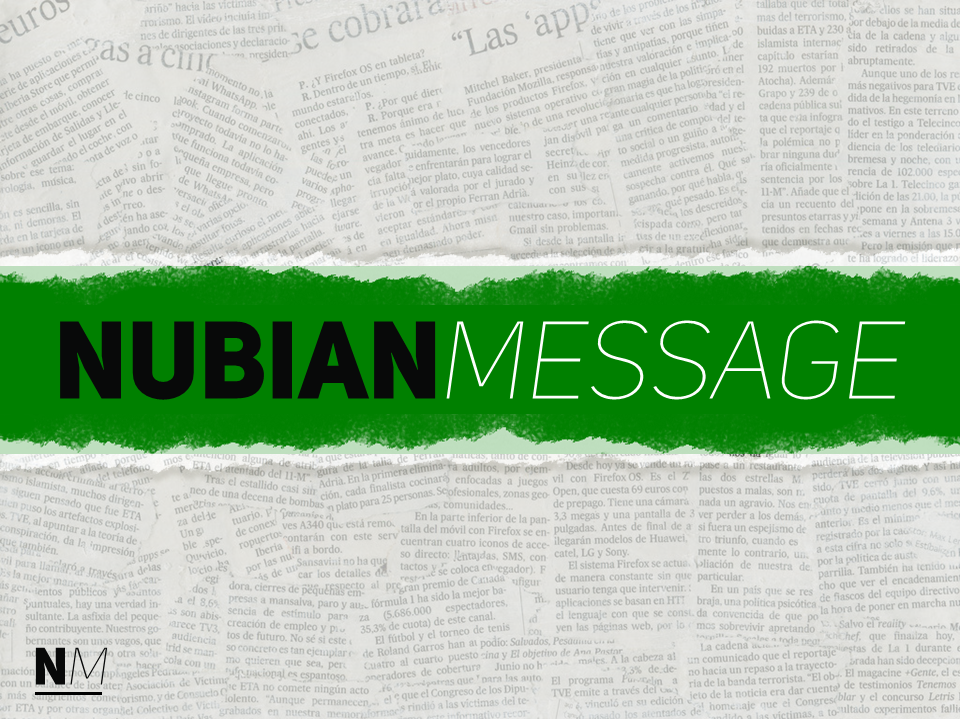The Beauty of Culture in Fashion

Who knew fashion could be so culturally competent? As the fashion industry progresses and designers continue to open their minds to new innovations, trends and ideas, the garments released are beautiful and creative testaments to the growing industry. I noticed this with how designers choose to represent their cultures and cultures they have had the opportunity to experience.
In October 2022, Doja Cat, a world-renowned popstar and media influencer, attended the Vivienne Westwood womenswear Spring 2023 show during Paris Fashion Week. Doja Cat’s stylist, Brett Alan Nelson, dressed Doja Cat in this bohemian-esque gown with eclectic patterns on the garment, accessorizing her with gold jewelry, a coral-colored headwrap, a dark makeup look and a dramatic wing to tie it all together.
So, what is Bohemian Culture? According to BBC News, “Bohemian” was originally a term with pejorative undertones given to Roma people, commonly believed by the French to have originated in Bohemia, in central Europe.” People who claim to be Bohemian are often described to be eclectic, eccentric, carefree and irregular spirits, often in touch with spirituality. Social media colloquializes a Bohemian lifestyle and describes people who have an “earthy” aesthetic. However, true Bohemian culture has roots that date back to the 19th century and often tie into one’s political and religious beliefs.
Within fashion, the Bohemian style is classified as a micro-aesthetic, with outfits including natural colors, flowy fabrics and subtle, yet dramatic accessories. Colors worn within the Bohemian aesthetic include earth tones like green, brown, white, beige and are paired with lots of gold jewelry. According to Vevano, “Bohemian styles are defined by a lack of structure, opting instead for carefree layers of pattern, texture and color. While there are some common practices with the Bohemian look, there are no hard and fast rules.”
Doja Cat wearing a Bohemian-style garment to Vivienne Westwood’s show has a deeper meaning than we are led to believe. Westwood is often referred to as an anarchist, using her influence and platform to speak about political injustice and the government’s negative effect on its people. Google Arts & Culture says, “Vivienne Westwood has always used her collections and catwalk shows as a platform to campaign for positive activism. She has spent many years tirelessly speaking out about the effects of climate change and overconsumption and has mobilized international attention around ecological crusading.”
Doja Cat wearing a high-fashion garment with heavy influences to an aesthetic that is known to have liberal outlooks on life is, in turn, a respective tribute to the work of Vivienne Westwood. It goes to show how much influence Westwood has had on Doja Cat, or even Doja Cat’s stylist and is an impeccable example of the impact that folk culture has on fashion.
Doja Cat is just one of many celebrities who have appreciated different cultures and wear them to fashion events. Erykah Badu is a great example of a celebrity who brings culture to fashion. Erykah Badu’s sense of style has been so revolutionary to alternative black people to this day, creating some of our favorite micro-trends and aesthetics.
I would describe Erykah Badu’s style as a mix of alternative, neo-futurism and Bohemian, with influences from luxury African cultures. Erykah Badu’s ground-breaking sense of fashion was revolutionary. Not only was she one of the first to respectfully appreciate different cultures through fashion, but she also was comfortable breaking away from gender norms, wearing androgynous outfits and being as masculine as she wanted to be.
Being able to appreciate culture and not completely appropriate is difficult. However, some brands have found a way to do this without offending anyone for instance through the use of culturally significant textiles or voicing the importance of culture within their brand themselves. Style and the Gang have a wonderful list where they name five small but up-and-coming luxury brand houses that are actively preserving culture within their high-fashion title.
As an industry, it is important that culture is represented through clothing. The more we highlight people who take risks in appreciating culture, the more we can become more inclusive of individuals of different cultures and backgrounds as a whole.
- Categories: